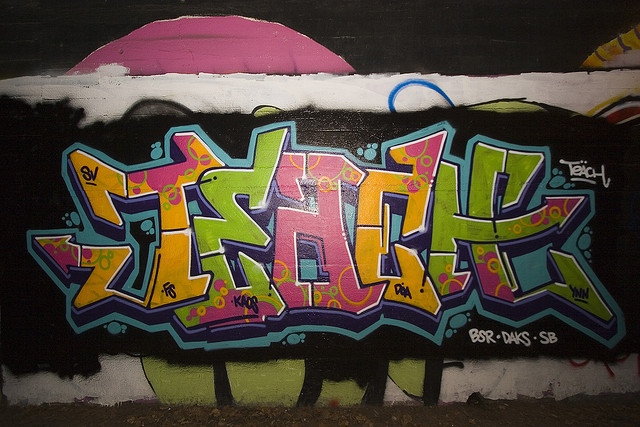You have /5 articles left.
Sign up for a free account or log in.
Katy Meyers Emery is a PhD candidate in Anthropology at Michigan State University. She is also the creator and author of Bones Don’t Lie, and you can follow her on Twitter @BonesDoNotLie.

This semester is very exciting for me. It’s the first time that I get to create and teach a full course as the instructor. I’ve had opportunities to lecture as a teaching assistant, but for the most part I haven’t really had the chance to critically think about my pedagogical skills and style. This meant that when I found out I would be designing a course from scratch as well as being the lead instructor, I was ecstatic and a little terrified.
Luckily, MSU has some fantastic teacher-training opportunities that I’ve been able to take advantage of over the past semester in preparation for this course—and I definitely suggest checking whether your university has similar opportunities. Over the past semester I’ve done teaching workshops through Inside Teaching to develop new skills and learn new methods of promoting inclusive learning and engagement, and connecting with students in online courses. It can also be helpful to look at resources in other disciplines—while I’m not technically a STEM major, I took the CIRTL MOOC Evidence-Based Undergraduate STEM Teaching. There are a lot of great learning opportunities out there—you just might have to search a little to find them!
From these programs and workshops, I found three pedagogical methods that I wanted to integrate into the course I’m teaching this semester. Over the next few months, I’ll share the successes, benefits, failures, and downsides to the approach I’ve taken. I can’t tell you yet whether this approach works because the semester has only just started. This post is the first of what will become a series on my reflections from teaching my first course and highlight the successes (and probably failures) of implementing all these interesting new technologies and pedagogical methods into it.
Here are the three methods I’m using in this course:
1. Backwards Design: Backwards design is the method of designing the educational curriculum by setting course objectives before choosing instructional methods and forms of assessment. Courses designed in this manner are more coherent, organized, and have a strong alignment across the curriculum (check out this video from MSU on backwards design). My first step in developing this course was to create a mind-map that showed my overall course goals and how these connected with more specific class learning objectives. From there, I designed activities that would specifically address these objectives. While I haven’t designed the exam yet, it will also follow the general mind-map model that was designed for this course. You can check out the goals and objectives that guided my course design on Popplet!
2. Flipped Classroom Elements: The Flipped Classroom is a concept whereby students get their first exposure to course materials prior to class, and then in class they focus on the process part of learning. In other words, you replace standard lectures with readings, videos, and other materials that students complete prior to class, and then complete the homework and worksheets together in class. Students have the opportunity then to apply the knowledge they learned with the help of the instructor and their peers. Vanderbilt University and the Chronicle both have good articles explaining these methods. While I can’t do a completely flipped classroom (I have 200+ students in a very tight room, so it is harder to do interactive and active work), I have included some elements of the flipped classroom, including using YouTube lectures and videos to supplement the reading material, and I’m having them do a lot of their assignments in class with their peers, or at least bring partially completed assignments into class to finish as a group. I’m also using Think-Pair-Share to get them talking and working together to solve group problems (this article from the Chronicle discusses that method as well!).
3. Embedding New Technology into Assignments: At GradHacker, we’ve talked a lot about integrating tech into the classroom. Natascha has discussed allowing digital devices in the classroom to create more inclusive and democratic environments, and also as a way to educate students about using social media. Kelly wrote about using blogs as conversation spaces in classrooms. Carleen also talks about the benefits of using technology to engage and improve active learning in classrooms. I really want to have students use cool new technologies to complete assignments, and have the option of using digital tools or more traditional analog methods for their work. This way, they learn the technology in addition to the course material. Students will be using Popplet to create mind-maps, Storify to create narratives, and they have options for asking questions through Twitter and handing assignments in through D2L’s dropbox system.
What are some different methods of teaching or new technologies that you are trying out in your classroom?
[Image from Flickr user Brooke Novak and used under Creative Commons License.]








